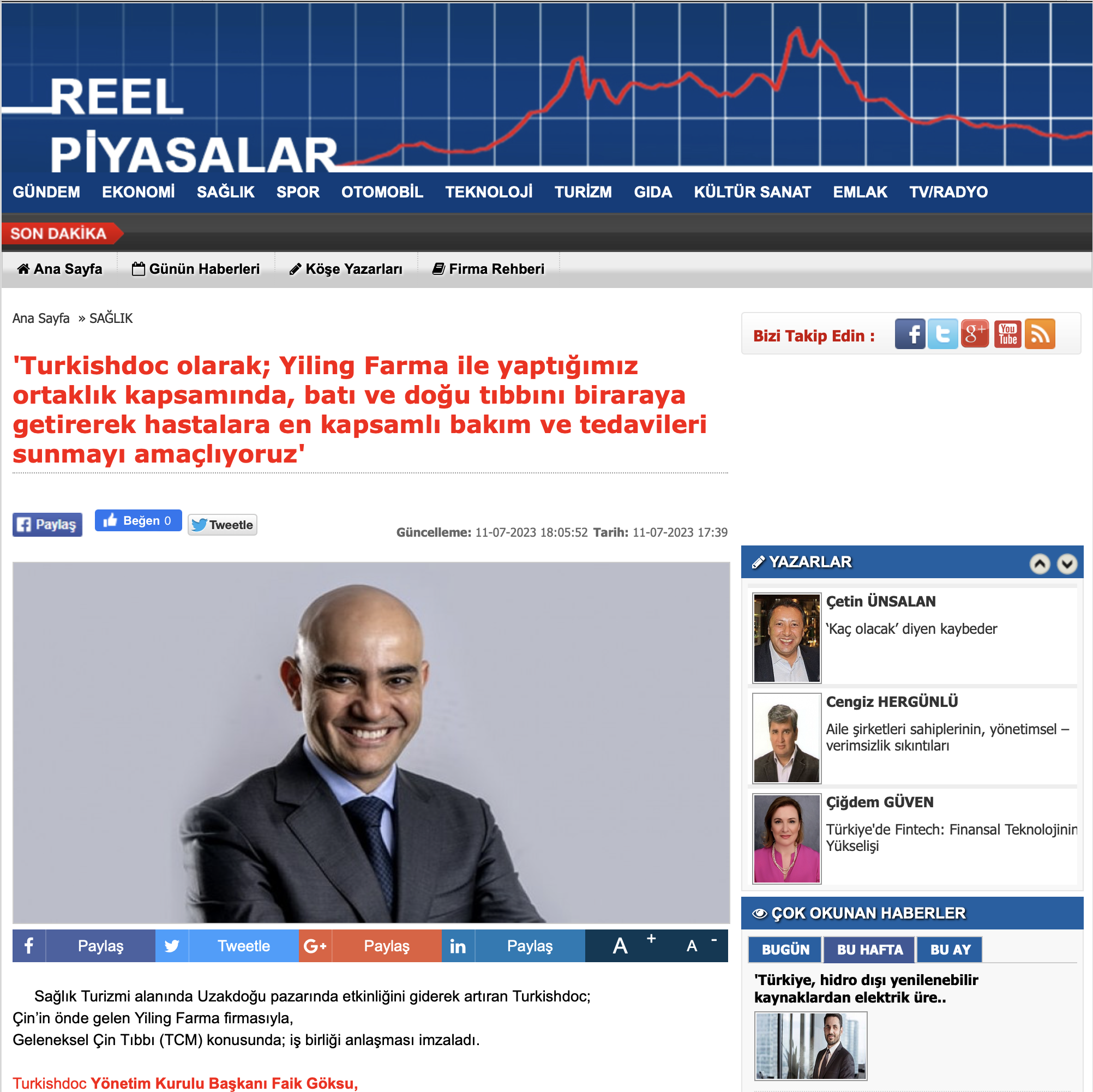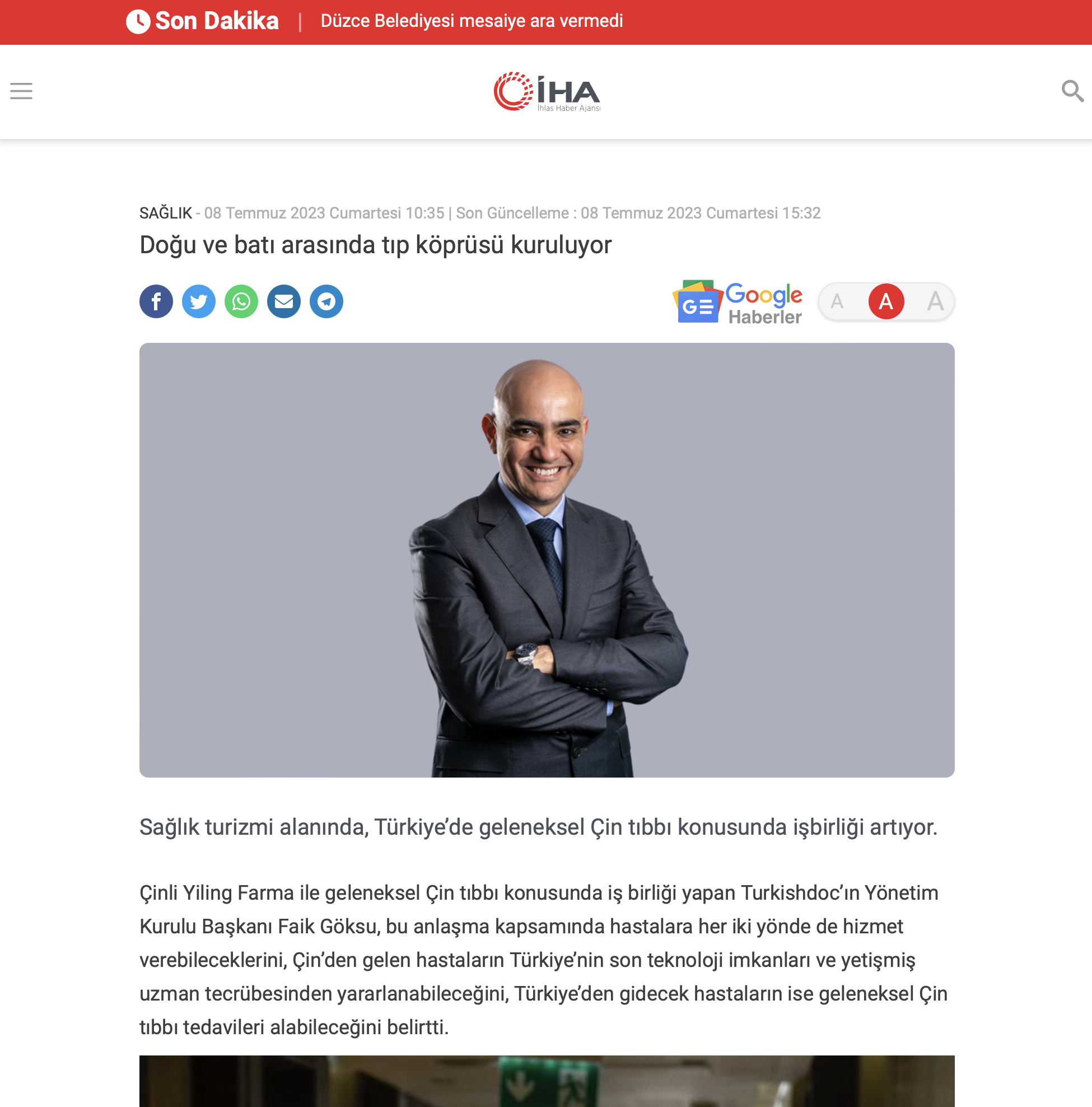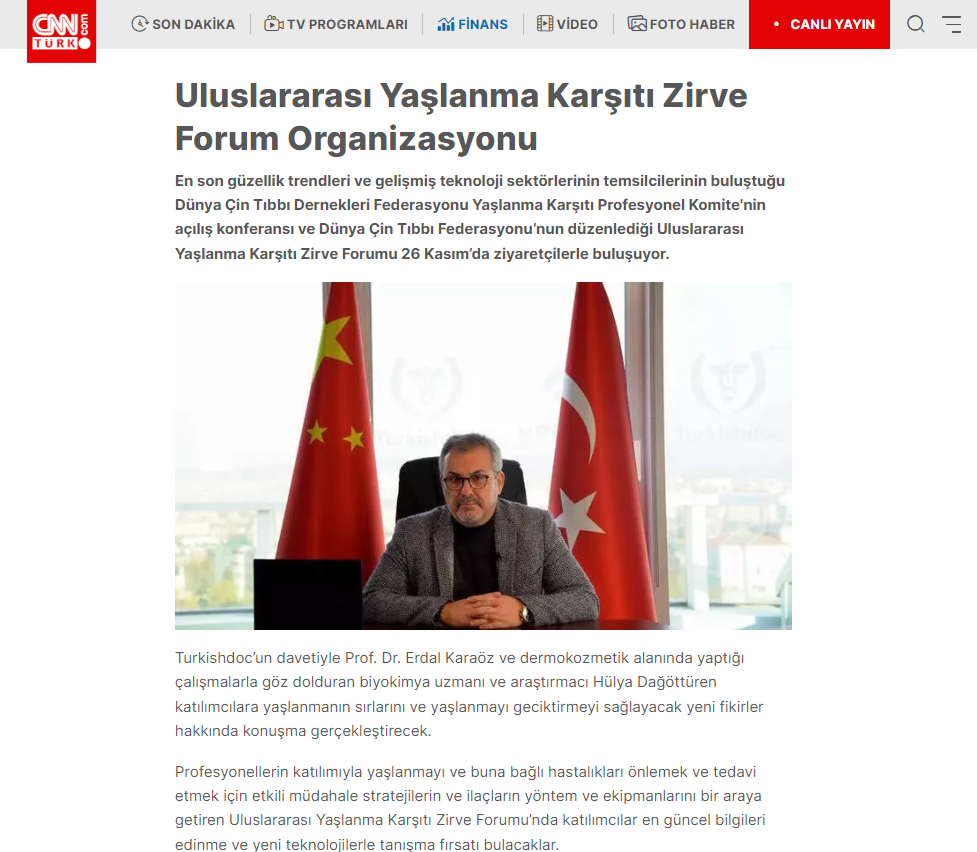Turkishdoc
What Is Myocardial Infarction Treatment And How Is It Done?
A myocardial infarction, also known as a heart attack, is a condition that requires urgent medical attention. Otherwise, it can lead to permanent damage or death. A heart attack occurs as a result of blockage of the coronary arteries, one of the important vessels in the heart. Since a heart attack is an instantaneous condition, it requires medical intervention. If the necessary medical intervention is carried out, the patient can live. To prevent a second heart attack, the person receives appropriate treatment. An angioplasty procedure is usually performed for this condition. This opens the blocked vessels and prevents tissue damage. Before this surgical procedure is performed, it is important to make sure that the person has not had a heart attack. Necessary diagnostic methods are applied for this.
Diagnosis of Myocardial Infarction
Since a heart attack is a condition that requires urgent intervention, it is diagnosed in the emergency room. During the diagnosis, the pulse rate, blood oxygen level, and blood pressure are checked. The patient is also given a physical examination by listening to heart and lung sounds. Questions are asked to obtain information about the patient’s medical history. However, the person having a heart attack is usually not in a position to answer questions. The methods used to diagnose myocardial infarction are as follows:
- Electrocardiogram
The electrocardiogram, also known as ECG, is the first diagnostic method used in heart attacks. Electrical signals are sent to the heart to check for signs of a heart attack. The electrical signals are reflected on the monitor using tapes attached to the chest or other extremities. This method can diagnose a heart attack.
- Biochemical Analyses
Biochemical analyses can also be used to diagnose a heart attack. Since some enzymes and proteins leak into the blood during a heart attack, blood tests are performed. After examining these findings, it can be determined whether the person has had a heart attack.
- Echocardiogram
An echocardiogram is a test that helps to show whether there is any damage to the heart. It shows the movement of blood through the heart and its valves. Images of the heart are taken with sound waves, and the specialist evaluates the data.
- Angiogram
An angiogram, a surgical procedure, is an important method for diagnosing heart attacks. A catheter is inserted into a leg artery during this procedure. During the examination, the arteries are more clearly visible. The angiogram shows the blood flow and draws attention to areas where blood flow is low. An angiogram is not only a diagnosis but also a treatment for heart attacks. If a blockage is detected in the coronary arteries, angioplasty is performed to open the vessels. A wire tube called a stent is used to maintain patency.
These are the diagnostic methods generally used for myocardial infarction. Some techniques are also hardly ever used. Radiological tests such as computed tomography and MRI may also be involved. The purpose of these tests is to create images of the chest and heart. MRI uses magnetic fields and radio waves, whereas CT scans use X-rays. These methods, which show the severity of heart damage, are also used as diagnostic methods.
Heart Attack Treatment
When symptoms such as heart pain, chest pain, and constriction occur during a heart attack, you should immediately go to a hospital. The first minutes are extremely important for treating this condition. Otherwise, there is a high chance of death within a few hours. Emergency treatment restores the person’s general health by improving blood flow and providing the necessary oxygen. It is therefore important to give the person oxygen immediately. There are several treatments for myocardial infarction. Medication may be appropriate in an emergency. Below you will find detailed information about the treatment methods for a heart attack.
- Oxygen Therapy
Oxygen therapy is first applied as an emergency intervention to someone who has had a heart attack. This method, which increases the oxygen level in the blood, is applied to people who have difficulty breathing. The oxygen tube is placed under the nose, and the person starts breathing oxygen. Oxygen therapy, which is important in heart attack emergency intervention, increases oxygen circulation in the blood. It also helps reduce the pressure on the heart.
- Drug Treatment
Some medicines are used for heart attacks that require urgent intervention. A person may need to take aspirin to prevent blood clotting. Clot dissolvers such as thrombolytics and fibrinolytic are also used in drug treatment. Nitroglycerin, which dilates blood vessels, can also be used. Morphine relieves chest pain. Beta-blockers are given to slow the heartbeat. To lower blood pressure, ACE inhibitors are among the heart attack medications.
These medications minimize the damage to the heart. It is also aimed at preventing the person from having a second heart attack. Therefore, medication is of great importance in heart attack emergency interventions. The hospital stay for drug treatment of myocardial infarction is usually 6 days.
- Surgical Procedures
If a person who has had a heart attack does not respond well to medication, surgery is necessary. Surgery aims to open the blocked arteries. Surgical treatment includes coronary angioplasty, stenting or coronary artery bypass grafting, and minimally invasive heart surgery. Detailed information about these surgical procedures is given below:
Coronary angioplasty and stenting: The purpose of this procedure, also called percutaneous coronary intervention, is to open blocked arteries. A catheter-based device is placed over a large blood vessel. The catheter is used to locate the narrowed part of the artery, and a small balloon is inflated to open it. A small mesh wire called a stent may also be placed at this time to help keep the artery open. This procedure improves blood flow. The hospital stay for this minimally invasive procedure is 4 days.
Coronary artery bypass grafting: This procedure, also called coronary artery bypass surgery, is performed for people with severe coronary artery blockages. This surgical procedure uses a blood vessel from a different part of the body. Blood is circulated through the blocked or narrowed coronary artery and passes through the new graft to reach the heart muscle. This bypasses the blockage and ensures healthy blood flow. Coronary artery bypass graft surgery (CABG) is used to restore blood flow to the heart muscle and open blocked or narrowed arteries. The recovery time after this open surgery is longer than others, with discharge possible after one week.
Minimally Invasive Heart Surgery: Minimally Invasive Heart Surgery: As an alternative to bypass surgery, minimally invasive heart surgery is carried out through small incisions. The coronary arteries are bypassed by connecting the chest arteries or veins taken from the leg to the heart. This surgical process is viewed on a monitor. Minimally invasive heart surgery is preferred because it provides quick recovery.
Cardiac Rehabilitation
After surgical procedures for the heart, cardiac rehabilitation comes into play for recovery. This therapy, which is part of an exercise program, aims to maintain heart health. It is not only limited to exercise but also includes a personalized nutrition plan. It is recommended to do this program a few weeks or months after surgery. People who participate in this program are less likely to have a second heart attack. This extends their life expectancy even further.











